Create Ad - Digital Ad of Common Banner Ad Sizes and Tips
Banner ads will continue to be a vital part of the online economy in this year.
You can effectively market your products or services or monetize your website using digital banner advertising.
Along with other factors like message and design, the size of your banner ad has a significant impact on clickthrough rates, which in turn has an impact on conversion rates.
We discuss each ad size from the viewpoints of those seeking information about purchasing online advertising as well as those seeking information about offering advertising space on their website.
There are the most common banner ad sizes:
1. 468 x 60 – Banner
One of the most widely used ad sizes over the past few decades is the 468 x 60 ad unit, which is the original top-of-the-page banner ad.
When users visited websites on low-resolution screens, marketers used this banner size quite frequently.
2. 728 x 90 – Leaderboard Banner
According to Google, leaderboard banners, also known as horizontal banners, are one of the most effective ad formats. They are big and extremely obtrusive.
In addition, the opening content a user sees on a page is a ranking banner.
3. 970 x 90 – Large Leaderboard
Compared to previous banner ad sizes, the 970 x 90 was unveiled in 2013.
It's also known as a big leaderboard.
This leaderboard advertisement has the potential to draw users and communicate ad messages more effectively due to its size and placement.
4. 320 x 50 – Mobile Leaderboard
Mobile campaigns typically use 320 x 50 Mobile Leaderboards as their size.
On a mobile web browser, this banner usually shows up at the bottom of the display.
As needed, it can be positioned within the content or on top of the screen.
5. 250 x 250 – Square
A mobile banner ad size that works well on both desktop and mobile web pages is 250 x 250.
The most typical mobile banners are square ones.
This format may, however, perform worse on desktops than larger banners because it is smaller than other ad sizes.
6. 200 x 200 – Small Square
The small square banner, 200 x 200, is a shrunk-down version of the common square banner for both desktop and mobile advertising.
But it's also debatable whether such a small banner is useful for desktop advertisements.
7. 300 x 250 – Medium Rectangle
Another of Google's top-performing banner ad sizes is the inline rectangle. This advertisement frequently appears in the middle of content and features a standout design and CTA (call to action).
It is perfect for putting up responsive ads and video ads because it supports the majority of ad formats.
8. 336 x 280 – Large Rectangle
Large rectangular banners are similar to medium rectangular banners and have higher or more visibility.
9. 120 x 600 – Skyscraper
Slim, vertical banner ads known as "Skyscrapers" take up a sizeable portion of a web page. As they scroll through the content, viewers experience them gradually.
The publisher's page's sidebars are typically where the 120 x 600 skyscraper banner is displayed because it is the slimmer and smaller version of the skyscraper variant.
160 x 600 – Wide Skyscraper
A wide skyscraper banner is wider than a regular skyscraper and is a vertical banner that can be used as a social media or website banner advertisement.
As with the standard version, ideal placement is the same.
300 x 600 – Large Skyscraper
One of the ideal banner sizes for online ad placements is the large skyscraper, also known as a half-page ad.
Given its 180,000 pixel size, it can more easily capture users' attention.
Display ads are frequently used by brands to generate revenue
Brand awareness
Similar to conventional newspaper advertisements, flyers, coupons, and posters in public spaces, this type of advertising aims to achieve maximum awareness.
To maximize clicks, marketers can make banner ads and distribute them across as many platforms as they can.
Conversions
On the other hand, some platforms for online advertising let you choose the target audience for your ads.
On the basis of particular demographics (age, location, etc.), marketers can target audiences. (and pay less for impressions) and receive more clicks.

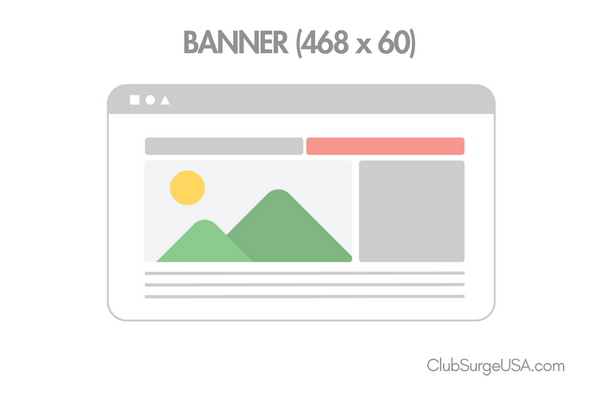
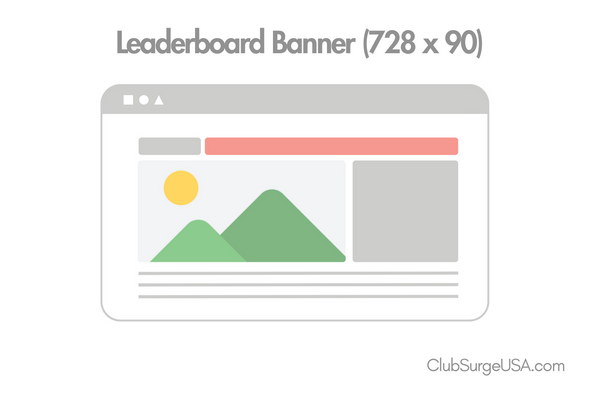
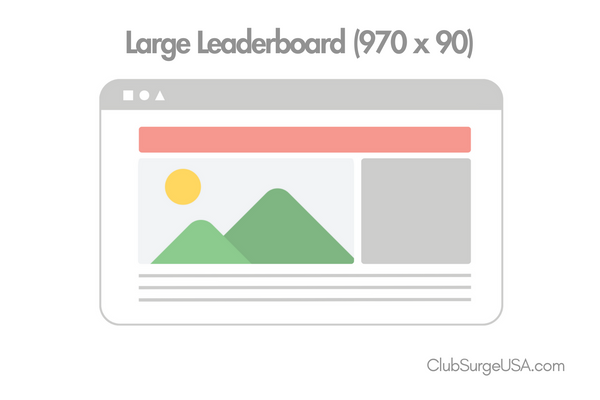
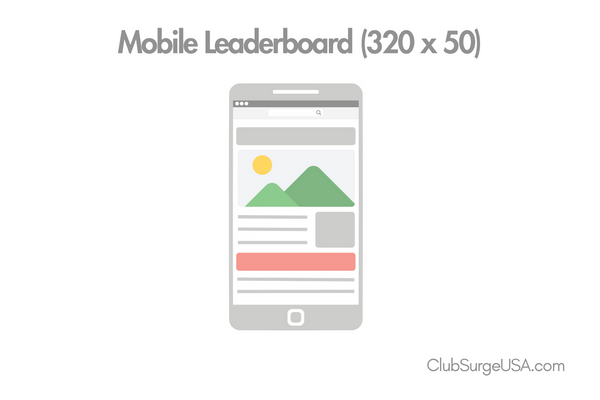
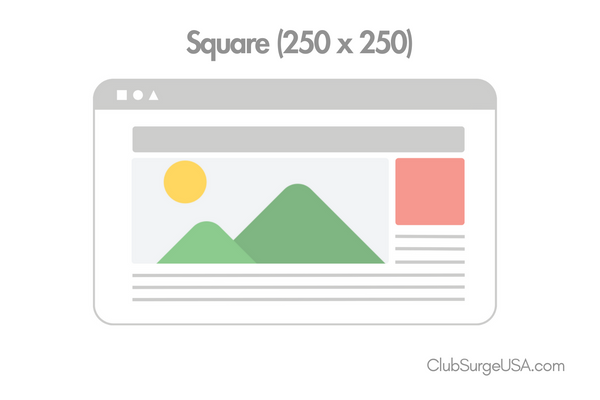
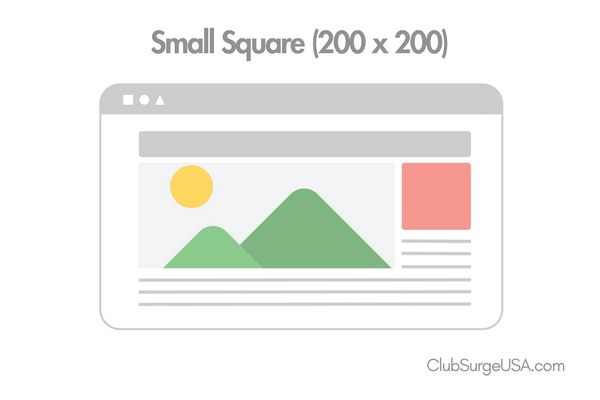
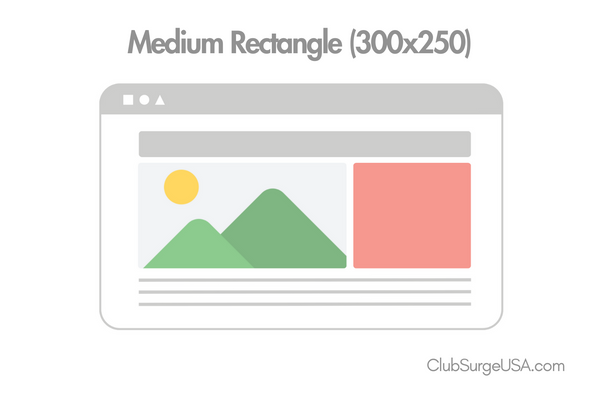
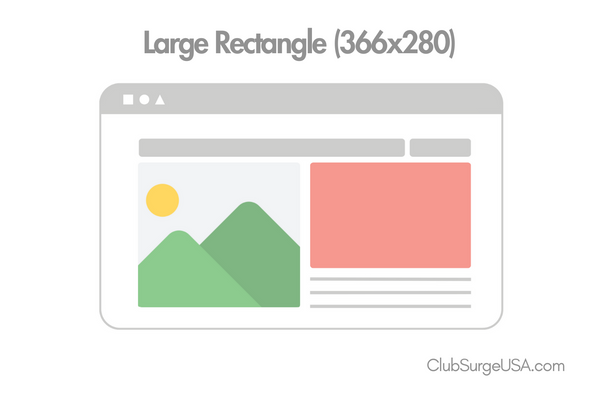

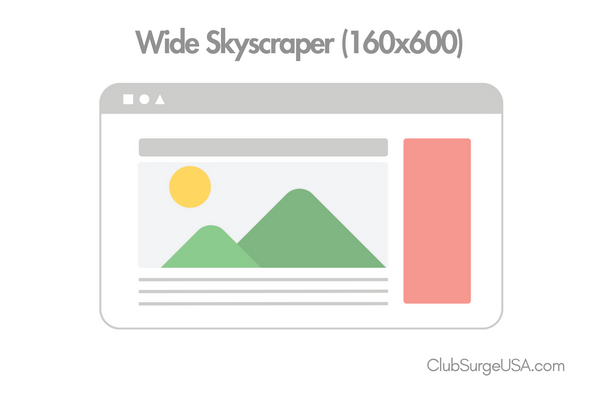
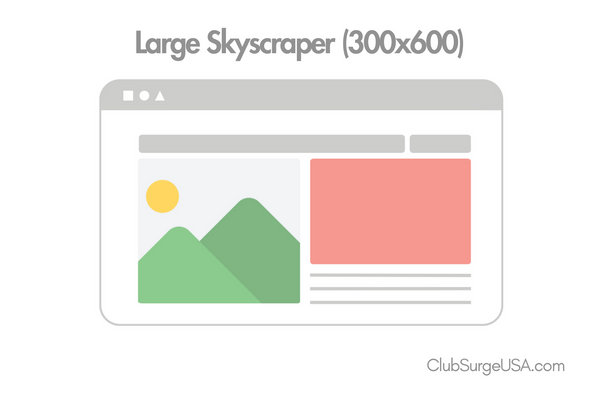
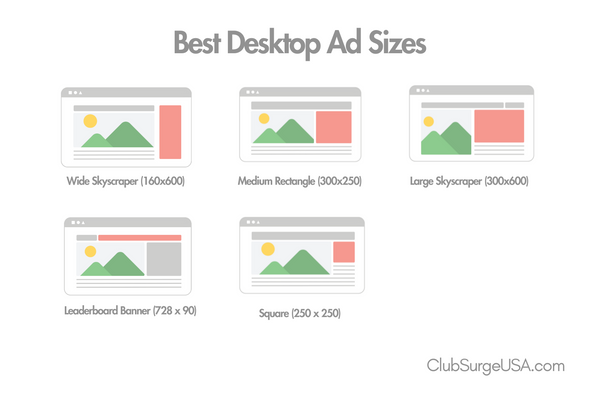
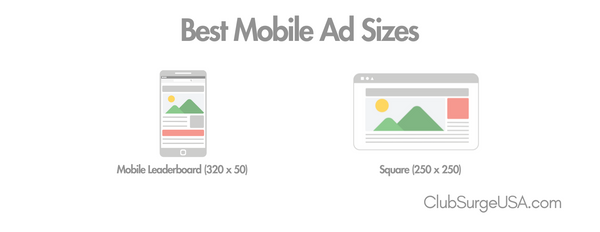
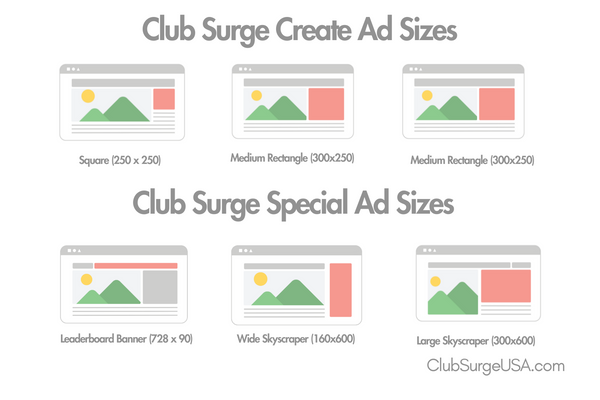















Comments